![Whose Garden is It? Whose Garden is It?]()
Click to have a closer look
About this book
Biography
Related titles
About this book
We are in the garden of 6, Fieldview Close, a house currently occupied by Mr and Mrs Sully, their children Mark and Kate, and their black labrador bitch, Callie; next door stalks a tabby cat - Conchita.
All these however are temporary residents; the animals in the garden have lived here for many generations and will continue to do so long after the Sully family have left. You are invited to follow the Trail around the garden stopping to meet the various inhabitants. Their stories are illustrated with pictures; the main character of each chapter depicted in colour with the surroundings in grey and white - as the animals themselves would see.
Start at the rosebushes near the patio where a greenfly and a ladybird both live and tell their stories. Next move on to the patio and find the black ant. Follow the trail past the house to the garden shed where an earwig is hiding, then go into the garage to hear the house mouse’s tale. In the beech hedge next to the shed you will meet a hedgehog. The vegetable plot is home to the cabbage white butterfly, an earthworm and a centipede...
Customer Reviews
Biography
I have spent a lifetime studying animals. At Oxford I gained a degree in Zoology and then became a Biology Lecturer at an FE College. Now retired with four grandchildren, I have tried to find stories that do not anthropomorphise animals but instead tell of their real lives and natural behaviour – which is so fascinating it needs no embellishment!
Failing to find such stories, I decided to write my own series. In the first book – Whose Garden Is It? – the reader follows the garden trail pausing at various locations to hear twenty animals living there reveal the true story of their lives.
Each animal is called by the correct Latin name as they give – if they could talk – a true account of daily life. What they eat, who their enemies are, how they came to be born and what they can sense of the world around them.
I have chosen a garden habitat to start the series because in the National Curriculum (Science) at Key Stage 2, children aged 8-11 years are studying living things in their local environment – how they move, feed, use their senses and reproduce. Basically they are familiar with garden animals, and combined with my book I hope young people may come to understand and marvel at what it is like to be an earthworm, honeybee or worker ant.
While appreciating the importance of conserving wildlife around the globe, the best opportunity to instil in people a sense of wonder and concern for animals, is when they are young – telling them about familiar creatures they see every day
All animals deserve our respect, and with greater understanding would come, I trust, a desire to protect them and their habitat.







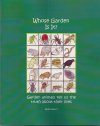
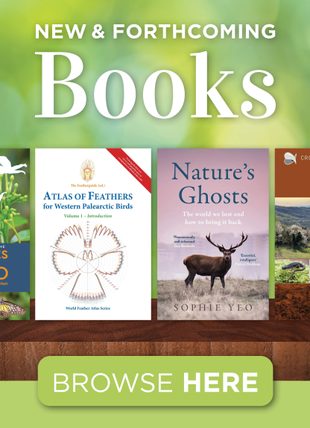

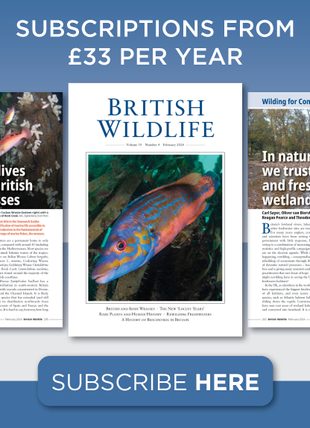

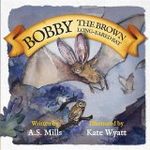
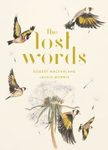




![Short-Tail the Leopard's Incredibly Useful Day [Arabic]](http://mediacdn.nhbs.com/jackets/jackets_resizer_medium/25/254811.jpg?height=150&width=146)




